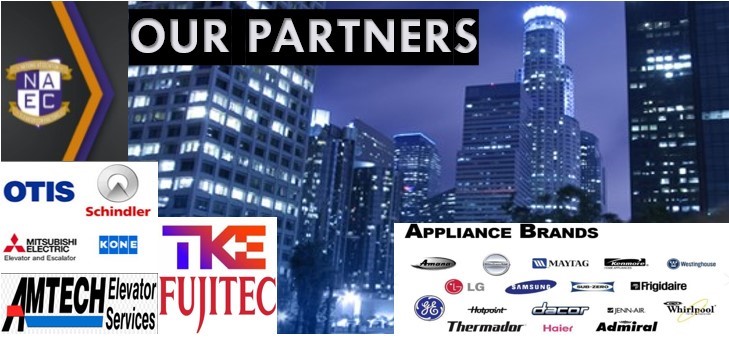FAQ’S & Answers
FAQ’S & Answers:


Today, LEED is the most widely used and well recognized green building rating system around the world. LEED certification is now used for practically all building (commercial or residential) and project types – from new construction and interior fit-outs to sustainable operations and maintenance upgrades. It signifies a certification that “creates healthy, highly efficient, cost-saving green buildings,” improving environmental performance from carbon footprint to indoor environmental quality.
There is a LEED certification framework for nearly every project. LEED has consistently rewarded the reuse of materials. Leedv4 now offers more flexibility and rewards all material reuse achieved by a project in both residential and commercial applications as part of a building reuse strategies.
Did you know that restoring your stainless steel on your elevator is much less expensive than having to replace the stainless steel sheets or skins on your elevator?
Here are more advantages of restoring your existing metal substrates:
- No long lead times on stainless steel material
- Much less elevator down-time
- Repair costs are often more affordable than replacing
- Repairs are often completed in 1-2 days versus 1-2 weeks replacing
- You gain LEED points by re-using materials in the field
- We can fix deep scratches and rust issues on stainless steel

Elevator Exterior components:
Hall Station – The Hall Station refers to the panel located outside the elevator doorway in the hallway that houses the call button.
Call Button – Pressing the call button in the hallway will “call the elevator” to you, if the elevator is not in use and/or is located on a different level.
Hoistway & Hoistway Doors – The hoistway is the enclosed space in which the elevator travels.
The hoistway door allows access to the hoistway and is prevented from opening unless the elevator is stopped and waiting at that particular landing.
Hoistway & Hoistway Doors – The hoistway is the enclosed space in which the elevator travels. The hoistway door allows access to the hoistway and is prevented from opening unless the elevator is stopped and waiting at that particular landing.
Door Entrance Jamb- This is the entrance frame of the elevator. Standard is made of stainless steel, but can be made to match the lobby exterior such as concrete or marble.
Car – The elevator car transports passengers from one floor to another.
Elevator Interior components:
Car Doors- The inside elevator doors. They come in single doors, center opening doors, or two speed doors.
C.O.P. – The Car Operating Panel (C.O.P.) is the control panel inside the elevator that houses the floor buttons, the light switch, the alarm button, the emergency stop switch and optional key lock.
Toe Kick- The toe kick is the stainless steel base of our system that also provides ventilation. The cut outs in the toe kick are what allows air to come through vents and into the cab. The toe kick also takes the brunt of damage close to the floor.
Panel Walls: There are three walls, left right and back walls on a passenger elevator.
Ceiling and lighting- The main purpose of the ceiling is the lighting. A well-lit cab provides safety for riders while a dark one will cause more trip hazards. Elevators can often give riders anxiety, but with the right lighting, your cab can appear safer and cleaner.
Handrails- The handrail is more than just a bar that is used for support for riders, it also acts as a damage defender for items that crash into the walls such as hotel luggage, carts, medical equipment, backpacks, etc.
Reveal- Reveals are recessed strips of stainless steel that add a clean uniform look in between each panel while concealing the fasteners of the panel clip system.
Frieze- The frieze conceals the fasteners of the panel clip system and gives the top edge of the cab a consistent stainless steel look that matches the bottom (toe kick). The frieze can also be made to have ventilation cut outs if you have vents located on top of the cab.
Handrail panel- The handrail panel is located behind the handrail and helps differentiate the bottom from the top and bottom of cab.
Transom- This is normally the piece of stainless steel or brass located on top of the doors.
Sills- The elevator sill is the door threshold on which the elevator doors slide on. These sills are normally made of aluminum, nickel, or brass.

